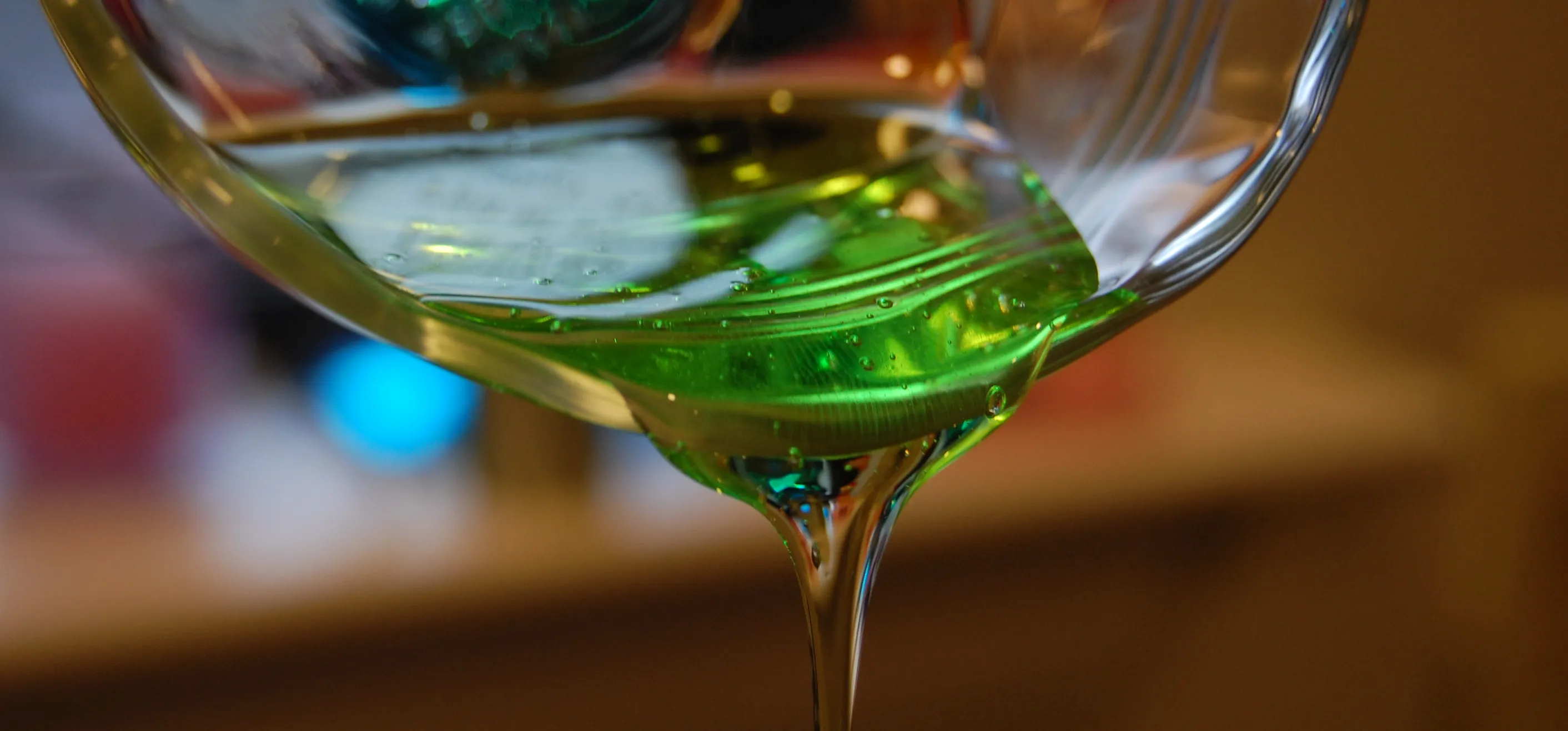This video shows you an alternative procedure to bismuth subnitrate, using Pepto-Bismol tablets. You'll learn how to test for alkaloids, similar to a toxicology report. Put on your goggles, for this great home science experiment.
Ingredients:
*1. Transfer two Pepto-Bismol tablets and about 20 mL of water to a beaker.
*2. Swirl the beaker until the tablets have broken up into powder. Bismuth subsalicylate and the binders used in the tablets are both very insoluble in water, so don't be concerned if it looks as though none of the powder has dissolved.
*3. Add about 10 mL of concentrated hydrochloric acid to the beaker. Swirl the beaker occasionally until foaming ceases. At this point, the liquid appears chalky white.
*4. Allow the contents of the beaker to settle. Most of the solid matter precipitates, but enough remains suspended to give the liquid a cloudy white appearance.
*5. Filter or carefully decant the liquid into a second beaker to remove as much as possible of the undissolved solids.
*6. Dissolve about 7.0 g of potassium iodide in a few mL of water and transfer that solution to the beaker that contains the bismuth solution. The solution immediately assumes a yellow-brown, cloudy appearance.
*7. Bring up the volume in the beaker to about 100 mL with distilled water, allow the solid material to settle, and then pour off the clear yellow-brown solution into a storage bottle labeled Dragendorff Reagent.
Apple's iOS 26 and iPadOS 26 updates are packed with new features, and you can try them before almost everyone else. First, check Gadget Hacks' list of supported iPhone and iPad models, then follow the step-by-step guide to install the iOS/iPadOS 26 beta — no paid developer account required.






















Comments
Be the first, drop a comment!